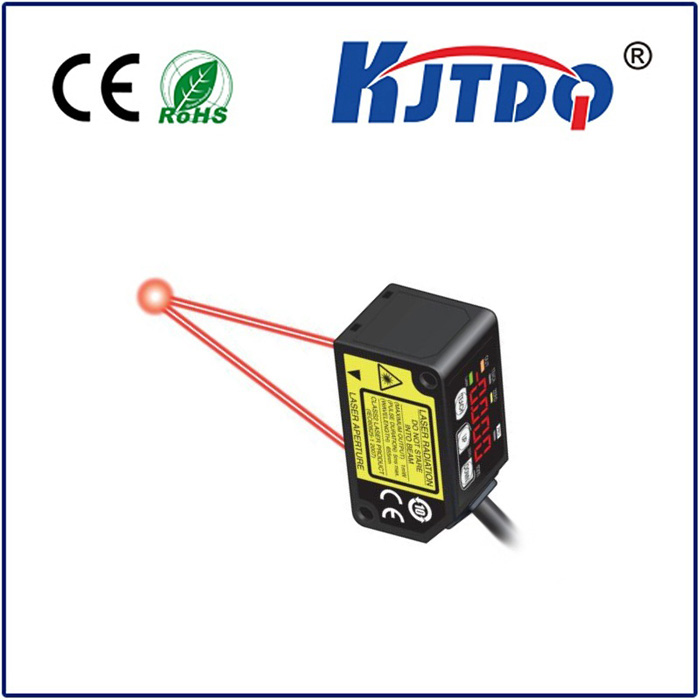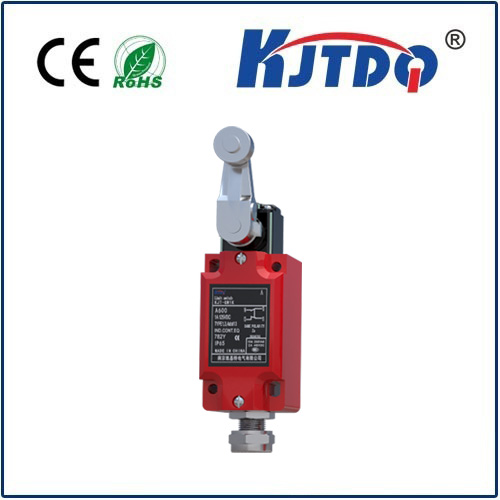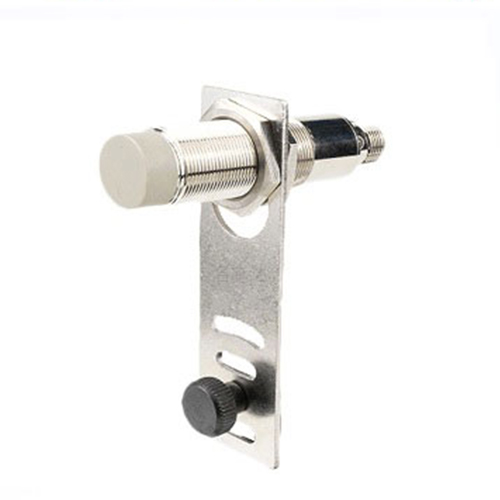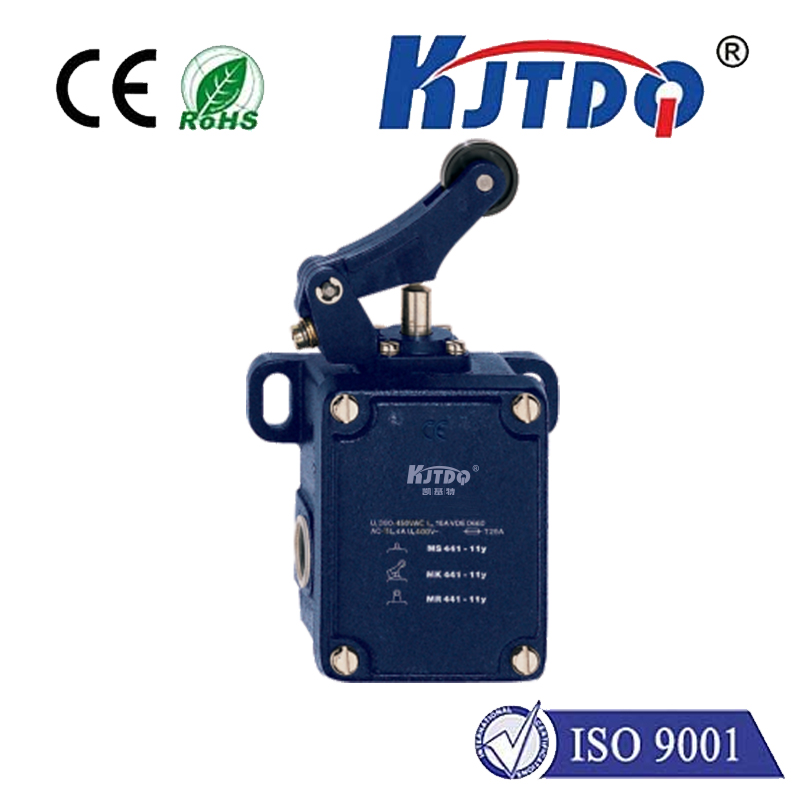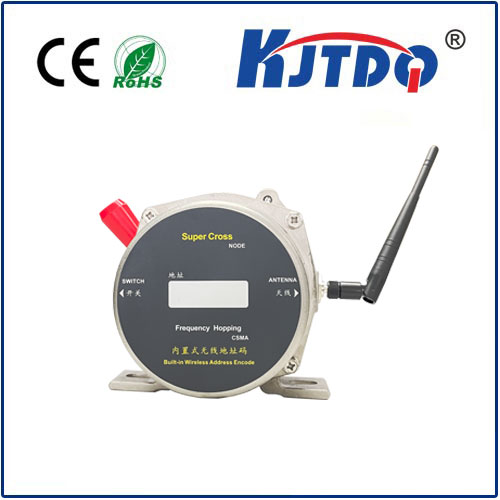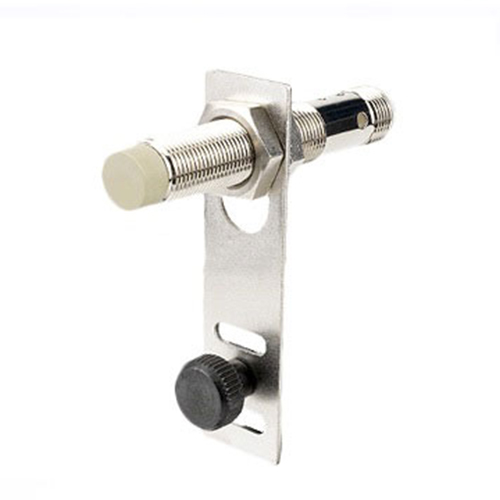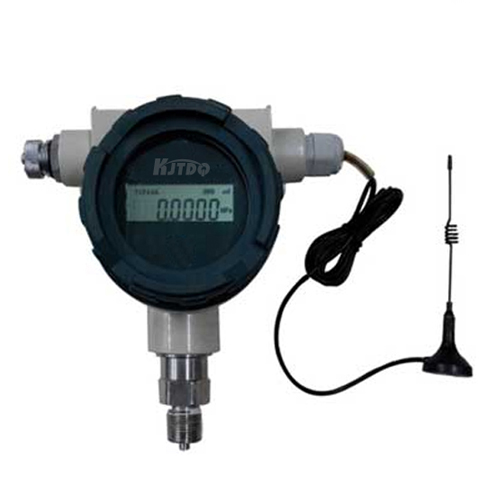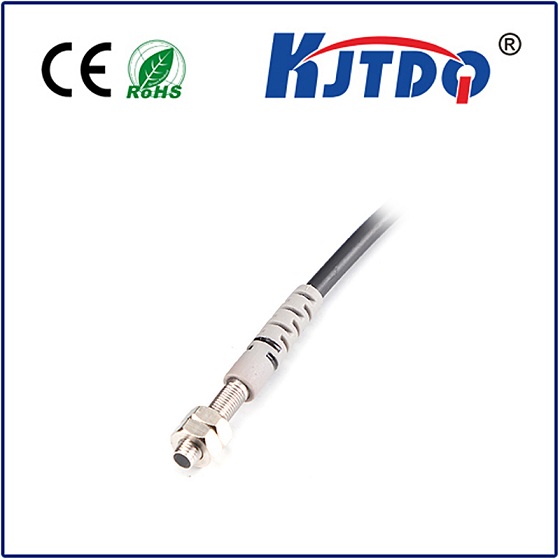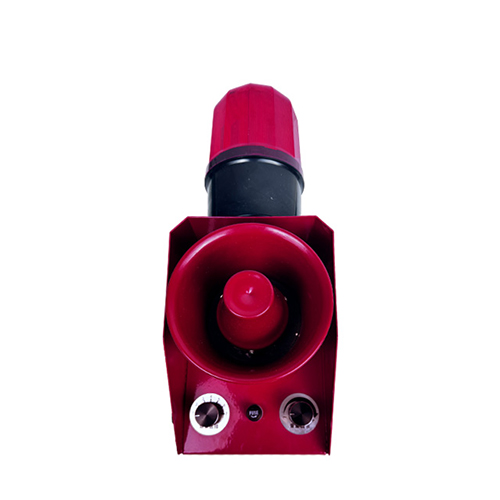датчик триангуляции
- time:2025-09-08 13:48:14
- Нажмите:0
Unlocking Precision: How Triangulation Sensors Transform Distance Measurement
How can machines “see” depth with such astonishing accuracy, often down to the micrometer? How do automated factories ensure parts fit flawlessly, or how do self-navigating robots avoid collisions? Behind countless modern marvels lies a deceptively simple yet profoundly powerful principle: triangulation. Specifically, triangulation sensors are the unsung heroes enabling non-contact, high-precision measurement across diverse industries. Understanding their operation reveals why they are indispensable in our increasingly automated and quality-driven world.
At its heart, triangulation is a geometric method used for centuries in navigation and surveying, determining a point’s location by measuring angles from two known reference points to that point, forming a triangle. Modern triangulation sensors apply this same fundamental principle to measure distance, but they do it incredibly fast, accurately, and without physical contact.
Here’s the core concept applied to sensing:
- Emitter: A highly focused light source (typically a laser diode, though LEDs are also used) projects a spot or a line onto the target surface.
- Detector: A sensitive optical detector, usually a CCD or CMOS linear array or a position-sensitive detector (PSD), sits at a known, fixed angle relative to the emitter. This detector is not looking straight at the target spot.
- The Triangle: The emitter, the illuminated spot on the target, and the detector form a triangle. The key distance is the baseline – the fixed, known distance separating the emitter and the detector lenses.
- Displacement Detection: As the target’s distance from the sensor changes, the position where the reflected light spot lands on the detector array shifts.
- Calculation: Sophisticated onboard electronics precisely measure the displacement of this light spot on the detector. Using simple trigonometric formulas based on the fixed baseline angle and the measured spot displacement, the sensor instantaneously calculates the exact distance to the target point.
Why are triangulation sensors such a popular choice? Their advantages are compelling:

- Extreme Precision: Capable of resolutions down to sub-micron levels in controlled environments. This makes them vital for demanding metrology tasks.
- True Non-Contact Measurement: Eliminates the risk of damaging delicate surfaces or influencing the measurement by touching the target. Ideal for fragile materials, moving objects, or hot surfaces.
- High Speed: Measurements are performed thousands or even hundreds of thousands of times per second, enabling real-time process monitoring and control.
- Excellent Resolution: Their design inherently provides very fine spatial resolution capabilities.
- Многогранность: Can measure distance to a wide range of materials, colors (within reason, depending on reflectivity), and even transparent or translucent objects with specialized configurations.
- Compact & Robust Designs: Modern sensors are engineered for integration into machinery and operation in challenging industrial environments.
These capabilities unlock a vast array of applications:
- Industrial Automation & Robotics: Precise positioning of robotic arms, end-effectors, and workpieces; verifying part presence and orientation; guiding automated guided vehicles (AGVs); seam tracking in welding. Triangulation sensors provide the “eyes” for robots to interact accurately with their environment.
- Quality Control & Metrology: Measuring thickness, warpage, height, and profile of components on production lines; inspecting surface defects, coplanarity, and runout; verifying dimensions against specifications with micron-level accuracy. Crucial in automotive, aerospace, semiconductor, and electronics manufacturing.
- 3D Scanning & Profiling: Laser line triangulation sensors mounted on scanning heads or moving stages capture dense point clouds to build detailed 3D models of objects, used in reverse engineering, rapid prototyping, and quality control.
- Vibration Monitoring: Non-contact measurement of vibration amplitude and frequency on rotating machinery or structures.
- Logistics & Warehousing: Dimensioning packages (length, width, height) for optimized storage, transport, and billing.
- Emerging Fields: Finding roles in autonomous vehicle navigation (obstacle detection), augmented/virtual reality (tracking), and even medical devices.
Different Flavors for Different Needs:
The core triangulation principle manifests in several sensor types, each suited to specific tasks:
- Laser Spot Triangulation Sensors: Measure the distance to a single point. Most common type, used for precise distance measurement and level control.
- Laser Line Triangulation Sensors (Profiling Sensors): Project a laser line onto a surface. A 2D camera captures the deformation of this line, enabling the reconstruction of the surface profile or height map across the line. Essential for 3D scanning and continuous profile measurement.
- Confocal Chromatic Sensors: While also using triangulation principles, they employ chromatic aberration to achieve very high precision on challenging surfaces (shiny, transparent) but often have shorter measurement ranges.
Choosing the Right Tool:
Selecting the optimal датчик триангуляции requires careful consideration:
- Required Range: How far will the sensor be from the target?
- Measurement Resolution & Accuracy: What level of detail and precision is critical?
- Target Surface: Color, reflectivity (matte vs. shiny), transparency, and texture significantly impact performance. Shiny surfaces often require specialized diffuse lighting or sensor designs to avoid specular reflection errors.
- Environmental Conditions: Ambient light, dust, temperature, and vibrations can affect sensor performance.
- Measurement Speed: How fast does the distance change, and how often do you need a reading?
- Output: Analog, digital (RS-232, RS-485), Ethernet, EtherNet/IP, PROFINET, etc.
- Form Factor: Size and mounting constraints in the application.
Beyond the Basics: Why Triangulation Shines
Compared to other non-contact distance measurement methods like ultrasonic or time-of-flight (ToF) sensors, triangulation sensors generally offer superior resolution and accuracy at shorter-to-medium ranges. While ToF excels at long distances, triangulation provides finer detail where it matters most in precision engineering and manufacturing. They fill a critical niche that ultrasonic sensors, with their wider beam and lower accuracy, cannot match.
From ensuring the flawless gap on your smartphone screen to guaranteeing the precise machining of jet engine components, triangulation sensors are a fundamental enabling technology. Their elegant application of geometry, combined with modern optics and electronics, provides the reliable, high-precision distance data that drives automation, enhances quality, and pushes the boundaries of what machines can perceive and achieve. As industries demand ever greater precision and efficiency, the role of these sophisticated sensors will only continue to expand, quietly shaping the quality and capabilities of the technological world around us.

